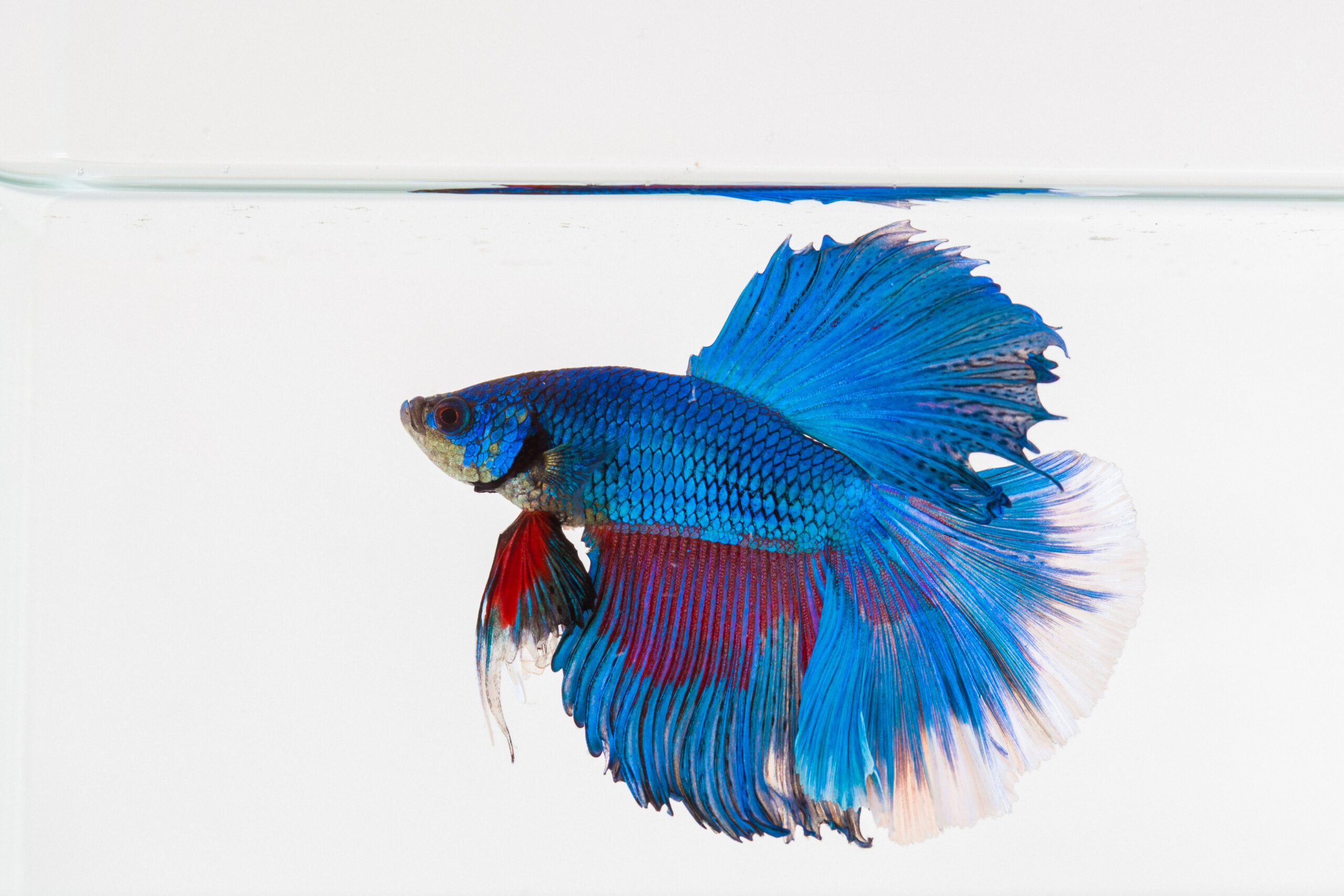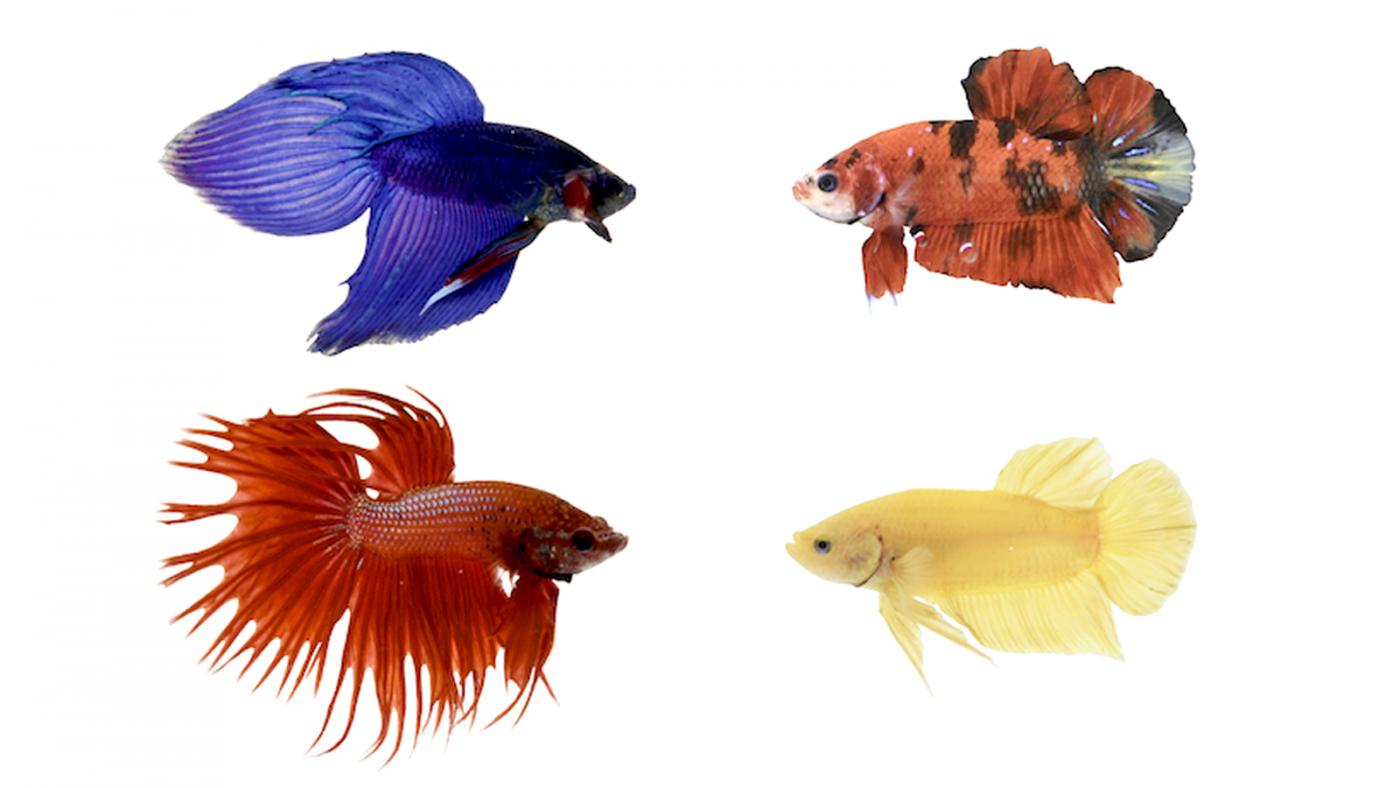Reproducing Betta Fish: a Comprehensive Step-By-Step Guide to Effectively Raising Baby Bettas From Eggs to Their Adult Years
Reproducing Betta fish is a precise undertaking that requires cautious preparation and implementation to guarantee the effective advancement of fry from eggs to grow fish. Picking genetically diverse reproduction pairs with preferable qualities is only the start; producing an ideal environment and recognizing the details of the reproducing procedure are just as essential. As the male Betta vigilantly constructs a bubble nest and guards the precious eggs, the subsequent stages of treatment and change demand attention to detail and understanding of best techniques. Just how does one navigate the difficult yet gratifying path of supporting these vibrant creatures to the adult years?

Choosing Reproduction Pairs
When embarking on the journey of reproducing Betta fish, picking the appropriate breeding sets is important to accomplishing preferable qualities and a healthy and balanced lineage - betta fish. The very first step in this process is to determine the particular traits you want to improve or maintain, such as shade, fin kind, and body form. It is necessary to pick genetically diverse pairs to avoid inbreeding, which can bring about health and wellness problems and undesirable qualities
Assess potential reproducing candidates carefully. A healthy male Betta should exhibit vibrant colors, an active attitude, and well-formed fins, while the lady should additionally present vibrant coloration and a rounded belly, indicating readiness for spawning. Observing the character of both fish is essential, as hostile or extremely shy individuals might not breed efficiently.
Keeping documents of the moms and dad fish's origins can aid you track genetic traits and prospective issues. Eventually, investing time in the choice procedure will substantially boost the likelihood of producing strong, vivid spawn that fulfill your reproduction goals.

Preparing the Breeding Storage Tank
Creating an ideal breeding environment is a vital step after selecting suitable sets for Betta fish. The reproduction storage tank need to be specifically created to provide convenience and boost the all-natural reproduction habits of the fish. Begin with a storage tank dimension of a minimum of 10 gallons to make certain adequate area for both the male and women Bettas.
Preserve a mild purification system to maintain the water clean while avoiding strong currents that can emphasize the fish. In addition, an air rock can be included in supply oxygenation without disrupting the water surface area too a lot.
Temperature law is vital; go for a secure series of 78-82 ° F(25-28 ° C) making use of a trustworthy heater. The pH degree should be preserved between 6.5 and 7.5, and normal water changes are needed to ensure high water high quality.
Include floating plants or spawning sponges to develop hiding areas for the lady, while also encouraging bubble nest structure by the man - betta fish. Make sure the container is free from sharp designs and any type of possible risks, as the welfare of the fish must constantly be prioritized during this important phase of breeding.
The Reproduction Process
Usually, the reproducing process for Betta fish includes a series of distinct and observable habits that suggest preparedness for recreation. The male Betta starts by constructing a bubble nest at the water's surface area, which acts as a site for the check my site fed eggs. This nest is essential, as it provides a secure setting for the eggs till they hatch.
Once the nest is developed, the male will show courtship behaviors, such as flaring his fins and showing vivid colors to attract the lady. The female, upon sensing the man's readiness, will certainly respond by displaying vertical red stripes along her body, signifying her receptiveness.
The fertilized eggs after that drop to the bubble nest, where the male meticulously accumulates and returns them to the nest. Following this, the male assumes duty for safeguarding the nest and ensuring the safety of the eggs until they hatch, typically within 24-36 hours.
Caring for Betta Fry
Caring for Betta fry needs mindful interest to their atmosphere and nourishment to guarantee healthy and balanced development and growth. After hatching, Betta fry are very little and vulnerable, demanding a stable and clean environment.
Feeding Betta fry is similarly vital. They should be provided infusoria or finely crushed premium fry food, as their mouths are too small to take care of larger bits. As they expand, you can progressively present larger foods, such as baby brine shrimp or powdered flakes, to ensure they obtain sufficient nourishment. Feed them percentages a number of times a day, taking care not to overfeed, you could try this out which can cause water quality problems.
Transitioning to Adult Bettas
As Betta fry mature, transitioning them to adult Bettas is a crucial stage that needs mindful administration of their atmosphere and social communications. This procedure usually starts when the fry get to around six weeks old, whereupon they can be progressively introduced to an extra structured living atmosphere.
To promote this transition, it is essential to ensure that the water specifications-- such as temperature, pH, and ammonia degrees-- are optimum and steady. Grown-up Betta fish grow in warm water (around 78-80 ° F) with a pH of 6.5 to 7.5. Progressively adjust the fry to these conditions to minimize tension.
Social communications are an additional crucial element; man Bettas are notoriously territorial and aggressive. For that reason, it is advisable to different men into individual tanks as they grow. Female Bettas can be housed together, however treatment needs to visit this website be taken to check for indicators of aggression.
Furthermore, dietary adjustments should be made as the fry grow. Integrate high-quality pellets and live foods to support their growth and wellness. By taking care of these variables efficiently, you can promote an effective transition to the adult years for your Betta fish.

Verdict
Effective breeding of Betta fish needs cautious attention to detail throughout the whole procedure, from picking genetically diverse pairs to giving ideal treatment for fry. By making sure suitable breeding problems and keeping water high quality, the probability of healthy and balanced offspring increases dramatically. In addition, a well balanced diet plan and steady adjustment to grown-up settings are critical for the development and advancement of Betta fish. Following these actions carefully promotes a thriving populace of Betta fish, improving both their health and vigor.
Comments on “Exactly How to Introduce Betta Fish to a Community Tank Securely”